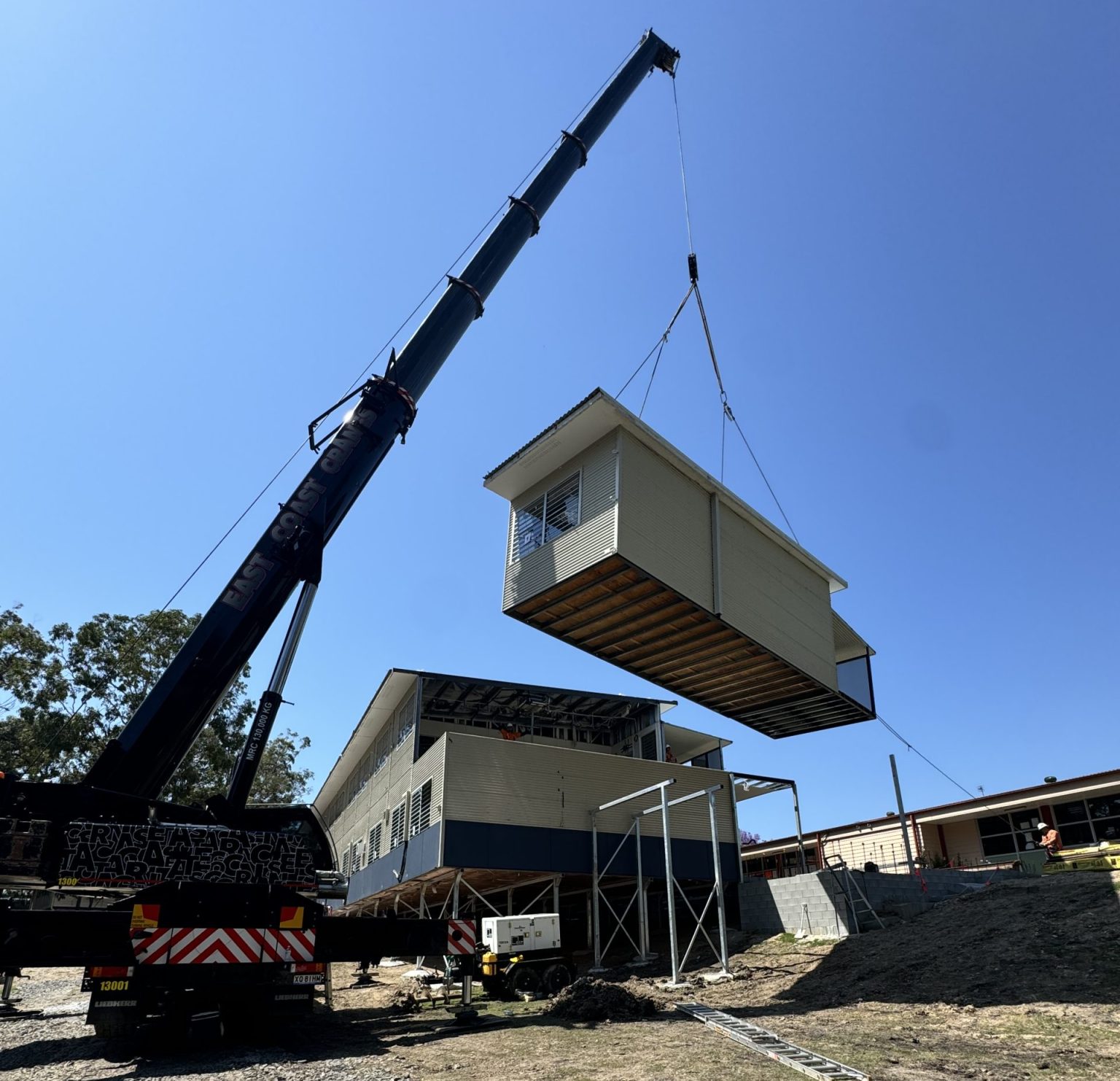How Prefabrication Is Changing Australia’s Construction Industry

In the 2025–26 Federal Budget, the Australian Government committed $54 million to support prefabricated and modular housing.
- $49.3 million will be given directly to states and territories to boost local prefab housing programs.
- Another $4 million is allocated to the Australian Building Codes Board (ABCB) to break down regulatory barriers and streamline approvals for modern construction methods.
Prefab is officially in the fast lane.
Why Prefab, and Why Now?
The push for prefabricated and modular building isn’t just policy — it’s a practical response to some of the industry’s biggest challenges:
- Housing shortages
- Labour and skills gaps
- Construction delays
- Rising costs
- Sustainability targets
Prefabrication allows homes to be built off-site in controlled environments, then transported and installed in days — not months.
Government studies show it can:
- Cut build times by up to 50%
- Reduce costs by up to 20%
- Improve safety
- Reduce waste
- Deliver consistent quality
A National Certification Scheme Is Coming
To support this shift, the ABCB is developing a National Voluntary Certification Scheme for Manufacturers of Modern Methods of Construction (MMC) — planned for full rollout by mid-2028.
The scheme will:
- Introduce nationally consistent definitions of prefab and modular construction in the National Construction Code (NCC)
- Provide a clear pathway for prefab manufacturers to demonstrate compliance
- Improve traceability, accountability, and confidence across the supply chain
- Enable faster project approvals and reduce red tape
This scheme is designed to give manufacturers, certifiers, builders, and consumers a reliable and efficient way to work with prefab building systems — without the usual hurdles.
Every State Is Getting Involved
Here’s a snapshot of what’s happening around the country:
| State / Territory | Prefab Progress Highlights |
|---|---|
| Queensland | Targeting 600 modular homes by end of 2025 |
| Victoria | Delivered 105 modular social homes, 250 more planned |
| Western Australia | 170 of 200 modular homes already completed |
| Tasmania | 200 modular social homes underway over four years |
| New South Wales | Investing $10 million in Modular Housing Trial as part of a $224 million Essential Housing Package |
| NT, SA, ACT | Rolling out prefab initiatives for housing and community infrastructure |
Prefab is also being used for schools, healthcare buildings, public amenities, and government offices — not just housing.
What This Means for the Industry
Whether you’re a builder, developer, investor, or supplier — now is the time to pay attention.
With demand rising and barriers lowering, the Australian prefab market is expected to grow from $16.8 billion today to $21.4 billion by 2030.
Prefab isn’t just an alternative anymore — it’s quickly becoming the future of construction.
This blog draws from content published in the “National Voluntary Certification Scheme for Manufacturers of Modern Methods of Construction Issues Paper,” provided by the Australian Building Codes Board (ABCB) under the Creative Commons Attribution 4.0 licence. For more information, visit abcb.gov.au.